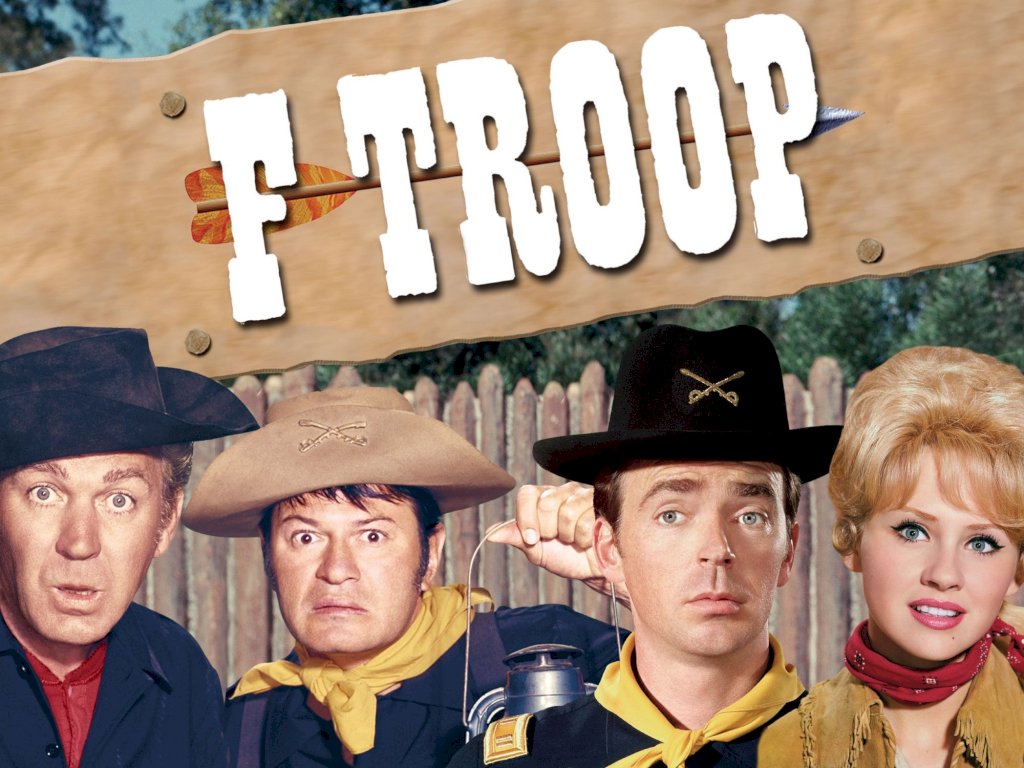The 1950s in the United States was a time of profound cultural shifts, marked by the growth of various sports.
While baseball, basketball, and American football reigned supreme, rugby quietly started making its presence felt in the country. The rugged and dynamic sport, popular in many countries around the world, began to carve a niche for itself in the American sporting landscape during this decade.
The emergence, challenges, and legacy of rugby in the US during the 1950s, shedding light on a fascinating chapter in the nation's sports history.
The Early Years of Rugby in the United States
In the early 1950s, rugby in the US was a relatively obscure sport, played mainly by small clubs and collegiate teams. The growth of the sport was slow but steady, as a handful of enthusiasts introduced and nurtured the game in local communities and educational institutions.
Primarily dominated by immigrants from rugby-playing nations like England, Ireland, and Australia, the sport was initially centered around a close-knit community of players.
Collegiate Rugby Takes Root
During the 1950s, collegiate rugby played a pivotal role in shaping the sport's future in the United States. Several universities, inspired by their counterparts in the United Kingdom and other rugby-loving countries, established rugby teams.
These teams often operated on a limited budget and faced many challenges, but they were dedicated to spreading the love for the sport. Notable universities that played significant roles in fostering rugby during this era included Harvard, Stanford, and the University of California, Berkeley.
The Role of Immigrants and Armed Forces
The post-World War II era saw an influx of immigrants from various rugby-playing nations, and many of these newcomers brought their love for the sport with them.
This migration contributed to the growth of rugby in urban centers like New York, Los Angeles, and Chicago. Additionally, rugby found a home within the Armed Forces, as servicemen stationed in the US introduced the game to local communities and established military rugby teams.
Challenges and Hurdles
Despite the promising developments, rugby faced several challenges that hindered its widespread popularity during the 1950s. The sport's physical nature and relative complexity in comparison to other American sports made it less accessible to mainstream audiences.
Furthermore, the absence of substantial media coverage and corporate sponsorship limited rugby's exposure and financial support, making it difficult for the sport to compete with more established athletic pursuits.
The Emergence of High School Rugby
In the latter half of the 1950s, rugby began making inroads into high school sports programs. Inspired by collegiate teams and bolstered by rugby-loving teachers and coaches, high school rugby offered young athletes an opportunity to experience a different kind of physicality and camaraderie on the field.
Although high school rugby remained a niche activity, its inclusion in educational institutions helped lay the foundation for the sport's future growth in the decades to come.
International Encounters
Despite its limited reach, the 1950s saw occasional international rugby encounters involving the United States. The US national team participated in tours to countries like Canada and Japan, exposing American players to the world stage and providing valuable experience for their growth.
Although these tours resulted in mixed outcomes, they showcased the potential of rugby in the US and sparked further interest in the sport.
The Decline and Dormancy
As the 1950s drew to a close, rugby faced a decline in interest and participation. The sport struggled to break into the mainstream consciousness, and many clubs and teams faced difficulties in maintaining their operations.
Limited funding, scarce media coverage, and a lack of infrastructure hampered rugby's growth, leading to a period of relative dormancy in the sport's development.
The 1950s were a formative decade for rugby in the United States. Although the sport struggled to gain widespread acceptance and popularity, the efforts of dedicated individuals, collegiate teams, and high schools laid the groundwork for rugby's future growth in the country.
The legacy of rugby in the 1950s lives on in the passion of those who played and followed the game during that time, as well as in the gradual resurgence of the sport in later years.
The story of rugby in the US during the 1950s serves as a testament to the enduring spirit of those who sought to bring this global sport to American shores.

-1691825777x1024.jpg)